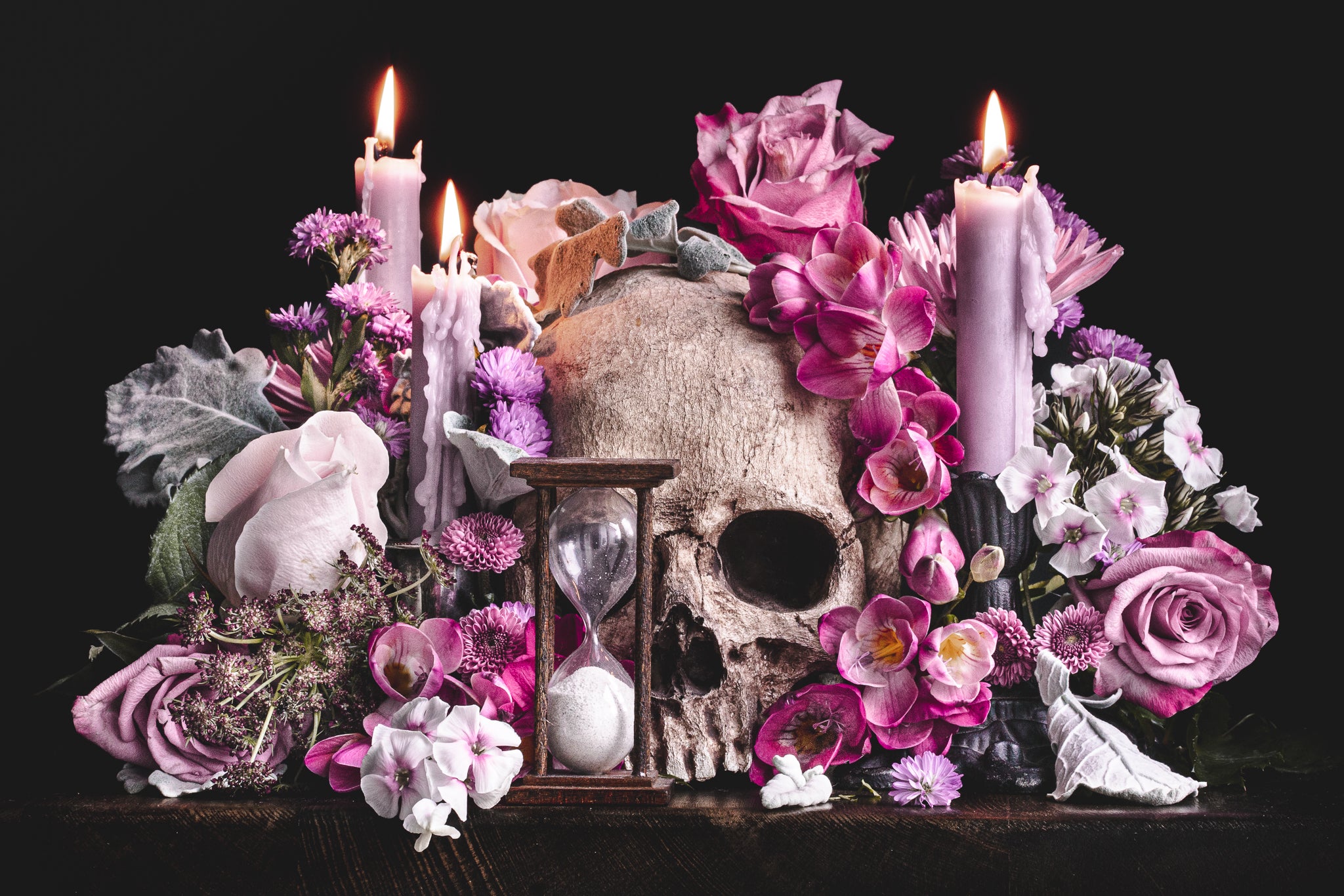
LIFE, DEATH & TIME
Fine Art Prints
Paper Information
HEIRLOOM MATTE
Heirloom matte prints are the finest quality and highest resolution print I offer - immersive, lush fine art pieces created with a Giclée printing process and museum-grade inks & paper. Utilizing a vast range of colors via seven dye-based archival inks, these prints feature a vibrant, color-accurate image with unparalleled clarity, complemented by thick, velvety, shine-free matte paper. Ideal for framing!
Every print is made-to-order, just for you. Digitally signed on the front, numbered with a serial hologram on the back and accompanied by a matching certificate of authenticity
SPECIFICATIONS:
- Giclee (inkjet) printing process
- Acid-free
- Lignin- free
- True archival (lasting 100 years, 200 in dark storage. (with proper care and display)
- Thick 200GSM paper
- Soft, matte-velvet finish
Large and/or uncommon sizes made with Heirloom Matte paper are available upon request. For more information on the expanded size range, please inquire HERE
PEARLESCENT
Please note, Pearlescent prints are only available in 8.5 X 11 at this time.
This fan-favorite, eco-friendly paper has a unique pearl sheen, most visible in the highlights. Unlike other similar papers, the subtle iridescent effect comes from a blend of natural minerals and organic pigments mixed right into the paper pulp, rather than adding the effect via an overlay or coating.
This process results in a rich, almost 3D luminosity that feels like a natual glow inside the image. The finish is beautiful true satin with just a hint of shine!
SPECIFICATIONS:
- Printed using a digital offset press
- Made in Italy at an FSC (Forest Stewardship Council) Certified mill
- Recyclable
- Biodegrable
- Acid-free
- Lignin-free
- Elemental chlorine free
- Manufactured without the use of metals or foils
You May Also Like...

